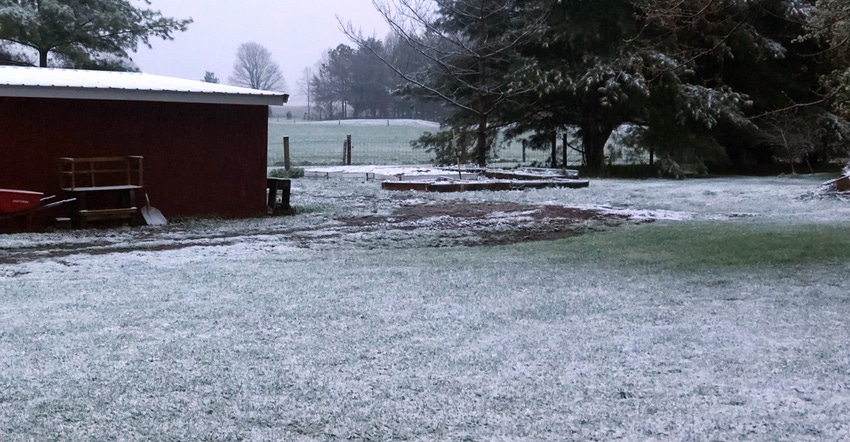
One year ago, Beth Hall said this: “If you liked the 2020-21 winter, you should like this winter — it should be a repeat.” Now, the Indiana state climatologist says this: “If you liked the winter of 2021-22, you should like this winter — it looks like another repeat.”
What is Hall doing? Just pulling old winter forecasts out of the drawer and dusting them off? Although she acknowledges it seems like it, she insists she examined everything with fresh eyes. It just so happens she’s coming up with similar conclusions.
“It should be milder than normal and drier than normal well into January in the Midwest,” says Hall, who is also director of the Midwestern Regional Climate Center at Purdue University.
Shift expected
“But keep the snow shovel handy, and don’t put away warm clothes too soon,” Hall says. “We look for a shift to colder than normal and wetter than normal at some point this winter. Once the new trend begins, it could continue into early spring like the past two years.”
The biggest snow of the season for many areas occurred around Feb. 10-14 in 2021, and around Feb. 1-2 in 2022. The last measurable snow in central Indiana fell around April 20 in 2021 and April 18 in 2022.
Why is this winter likely to repeat the past two winters? “The La Niña, or cool, phase of the El Niño/La Niña cycle is a major influencing factor for Midwest winters,” Hall explains. “Heading into winter for 2022-23, it was the third straight year where La Niña was still in control.”
She notes that La Niña winters in the Midwest tend to be warmer than normal and drier than normal early before shifting to colder than normal and wetter than normal sometime during the season. National forecasters are calling for warmer than normal and drier than normal for December through February for the Midwest this season.
Month by month
The problem with looking at the whole three-month period is that it doesn’t account for shifts that will likely occur as the season plays out.
“It makes more sense to look at it by months,” Hall explains. “Then you can show that although the whole season might be milder than normal, there will likely be a shift. When the shift toward colder, wetter weather occurs, some precipitation will likely fall as snow.”
Hall shrugs off people who say anyone could make a forecast saying January and February will be colder and snowier. “What matters is colder and snowier relative to what,” she says. “Yes, they are historically colder, snowier months.
“But in this case, we expect them to be colder and snowier than December, even though they may not necessarily be colder and snowier than in past years.”
About the Author(s)
You May Also Like




